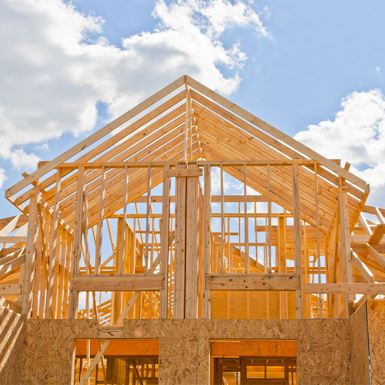Why Hot Work Permits?
This week, we welcome a guest blogger, Curt Westrick, who is a senior risk engineering consultant with The Zurich Services Corporation. Here, he shares suggestions for clients to consider when preparing to perform hot work or complete hot work permits on the job site.
While I was visiting a construction site recently to perform a risk assessment, one of the employees was talking about all the hot work permits they complete and file on a daily basis.
“What is the purpose of these hot work permits?” he asked.
Given that the project had already completed a number of them and the permits are a relatively common occurrence on such job sites, I was taken a little off guard. Nevertheless, we discussed the risk assessment process and how the forms contributed to reducing the risk of fire hazards.
Later on, when we performed our site walk-through and reviewed some of the hot work permits, it was obvious why the employee had asked this question. Contrary to the permits’ intended use, the contractors for this project were simply using the permits to document where hot work was taking place and to signal what hazards were present, but had no corresponding risk mitigation measures in place.
And it occurred to me that sometimes, while we may know that such documentation is important to ensure potential risk exposures are accounted for, knowing the exact intended purpose is equally crucial. Hot work permits, for example, are intended to assess the fire risk related to hot work on a job site and to take appropriate, documented mitigation actions.
In this case, it appeared that this contractor may not have understood the “why” of hot work permits. As a result, while this contractor had developed very thorough record-keeping, the job site may not have reduced its fire risk at all.
Fortunately, this site was found to be an isolated incident. The contractor’s other project teams appeared to understand the “why” of hot work permits, completing fire risk assessments as needed and implementing mitigation measures when completing their hot work permits.
However, this experience served as an excellent reminder that understanding the intended purpose of such risk mitigation documentation is almost as important as the documentation itself. After all, obtaining hot work permits without the thorough application of risk mitigation actions can defeat the purpose of those permits.
Whether your clients are property owners or contractors, discussing the purpose of such documentation in detail could make the difference between a crisis averted and a total loss with excellent record-keeping.
To learn more about specific actions clients can take to help mitigate the impact of fires on construction sites, download Fire Prevention for Residential Wood Frame Construction today. About the Guest Blogger
About the Guest Blogger
Curt Westrick is a Sr. Risk Engineering Consultant with The Zurich Services Corporation specializing in loss prevention for builder’s risk, erection all risk, and contractors all risk policy holders. Curt is also a member of the NFPA 241 Technical Committee on the Standard for Safeguarding Construction, Alteration, and Demolition Operations.
The information in this publication was compiled from sources believed to be reliable for informational purposes only. All sample policies and procedures herein should serve as a guideline, which you can use to create your own policies and procedures. We trust that you will customize these samples to reflect your own operations and believe that these samples may serve as a helpful platform for this endeavor. Any and all information contained herein is not intended to constitute advice (particularly not legal advice). Accordingly, persons requiring advice should consult independent advisors when developing programs and policies. We do not guarantee the accuracy of this information or any results and further assume no liability in connection with this publication and sample policies and procedures, including any information, methods or safety suggestions contained herein. We undertake no obligation to publicly update or revise any of this information, whether to reflect new information, future developments, events or circumstances or otherwise. Moreover, Zurich reminds you that this cannot be assumed to contain every acceptable safety and compliance procedure or those additional procedures might not be appropriate under the circumstances. The subject matter of this publication is not tied to any specific insurance product nor will adopting these policies and procedures ensure coverage under any insurance policy.
© 2017 The Zurich Services Corporation. All rights reserved.








